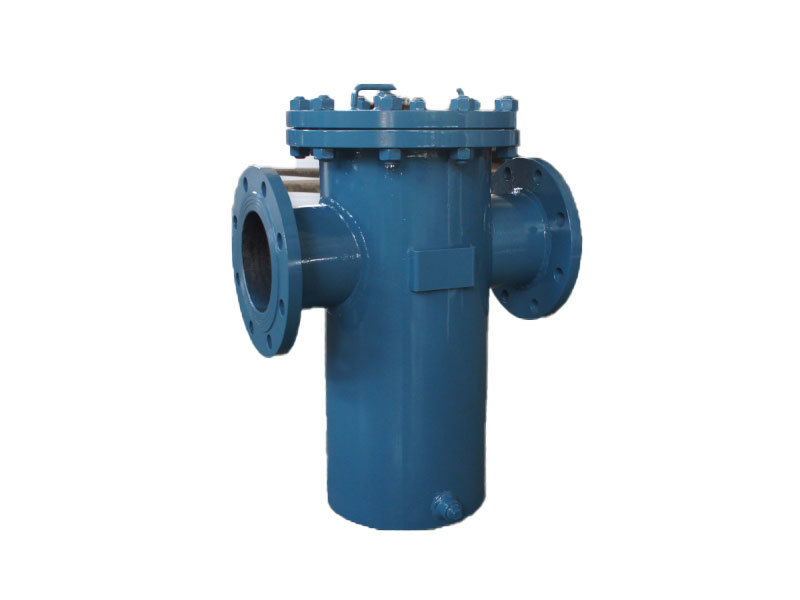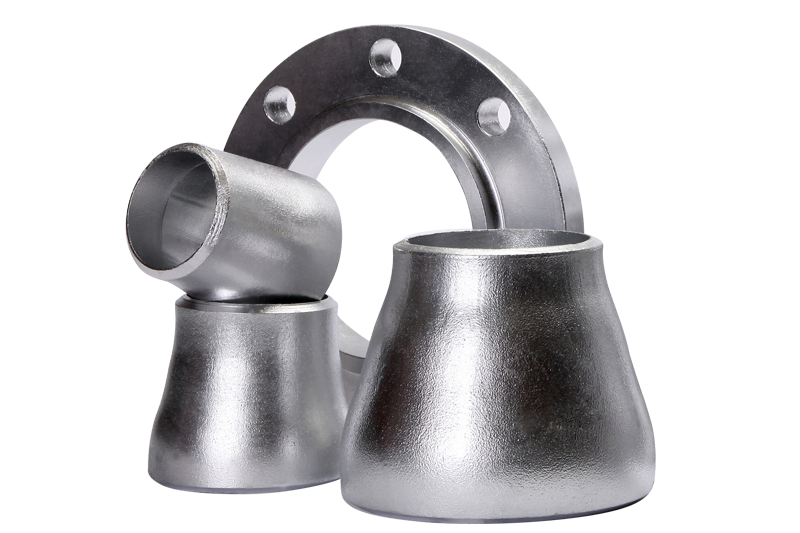The Essential Role of Butt Welding Flanges in Ensuring Pipeline Integrity and Safety
Release time:
2025-10-03
The Essential Role of Butt Welding Flanges in Ensuring Pipeline Integrity and Safety Table of Contents Introduction to Butt Welding Flanges Understanding Pipeline Integrity What are Butt Welding Flanges? Benefits of Using Butt Welding Flanges in Pipelines Installation Process of Butt Welding Flanges Best Practices for Maintaining Pipeline Safety Common Issues with Butt
The Essential Role of Butt Welding Flanges in Ensuring Pipeline Integrity and Safety
Table of Contents
- Introduction to Butt Welding Flanges
- Understanding Pipeline Integrity
- What are Butt Welding Flanges?
- Benefits of Using Butt Welding Flanges in Pipelines
- Installation Process of Butt Welding Flanges
- Best Practices for Maintaining Pipeline Safety
- Common Issues with Butt Welding Flanges
- Frequently Asked Questions
- Conclusion
Introduction to Butt Welding Flanges
In the intricate world of pipeline systems, the integrity and reliability of connections play a pivotal role in ensuring efficient operations. **Butt welding flanges** serve as a critical component in this framework, enabling robust and leak-proof joints in various industrial applications. In this article, we will delve into the significance of butt welding flanges, exploring their functions, advantages, installation processes, and best practices for maintaining pipeline safety.
Understanding Pipeline Integrity
Pipeline integrity refers to the ability of a pipeline to operate without failure throughout its intended lifecycle. This encompasses not just the physical condition of the pipes themselves but also the quality of the connections between them. **Maintaining pipeline integrity** is essential to prevent leaks, ruptures, and subsequent environmental hazards that can arise from compromised joints. The selection of appropriate joining methods, such as butt welding flanges, is crucial to achieving long-lasting and reliable pipeline performance.
What are Butt Welding Flanges?
**Butt welding flanges** are specialized fittings used to connect pipes in a pipeline system. They are designed to be welded directly to the ends of the pipes, creating a continuous, seamless connection. This type of flange is often favored for high-pressure applications due to its robust nature and ability to withstand extreme conditions.
Types of Butt Welding Flanges
There are several types of butt welding flanges, each tailored for specific applications:
1. **Flat Face Flanges**: These flanges have a flat surface and are aligned with the mounting surface of the pipe.
2. **Raised Face Flanges**: Featuring a raised area around the bolt holes, these flanges create a better seal under pressure.
3. **Blind Flanges**: Used to seal the end of a pipe, blind flanges are essential for shutting off a pipeline section for maintenance or testing.
4. **Slip-On Flanges**: Although technically not a butt-welding flange, slip-on flanges can be welded to the outside of a pipe and are often used for lower-pressure applications.
Benefits of Using Butt Welding Flanges in Pipelines
The benefits of integrating butt welding flanges into pipeline systems are numerous:
Enhanced Strength and Durability
Butt welding flanges provide a robust connection that can withstand high pressure and temperature fluctuations. The welding process creates a fusion bond that is often stronger than the pipe material itself, resulting in increased durability and longevity.
Leak-Proof Connections
By eliminating gaps and seams, butt welding flanges offer a **leak-proof solution**. This is particularly vital in industries where even minor leaks can lead to significant safety hazards or environmental concerns.
Simplified Maintenance
The integrity of butt-welded connections means that extensive maintenance is often unnecessary, reducing downtime and operational costs. When repairs or modifications are needed, the seamless connection allows for straightforward access and adjustments.
Versatility Across Industries
Butt welding flanges are utilized in various sectors, including oil and gas, water treatment, and chemical processing. Their adaptability makes them suitable for diverse applications involving different materials and environmental conditions.
Installation Process of Butt Welding Flanges
Ensuring the correct installation of butt welding flanges is critical to maintaining pipeline integrity and safety. The installation process typically involves the following steps:
1. Preparation of Pipe Ends
Begin by cutting the pipe ends to ensure they are flat and even. This is essential for achieving a proper fit when the flange is welded.
2. Aligning the Flange
Position the butt welding flange over the pipe ends, ensuring that they are aligned correctly. Any misalignment can lead to stress points that may result in cracks or leaks.
3. Tack Welding
Using a tack welding process, temporarily secure the flange in place. This step helps maintain alignment during the final welding process.
4. Final Welding
Proceed with the final welding using a suitable technique, such as MIG or TIG welding. Ensure that the weld is thorough and covers the entire circumference of the joint.
5. Inspection
After welding, conduct a thorough inspection of the joint. Look for any signs of defects, such as cracks or incomplete welds, which could compromise pipeline integrity.
Best Practices for Maintaining Pipeline Safety
To maximize the effectiveness of butt welding flanges and ensure pipeline safety, consider the following best practices:
Regular Inspections
Conduct routine inspections of the entire pipeline system, paying close attention to welded joints. Early detection of potential issues can prevent costly repairs and enhance safety.
Use Quality Materials
Select high-quality materials for both the pipes and the flanges. The integrity of the entire system depends on the strength and durability of each component.
Follow Manufacturer Guidelines
Adhere strictly to the manufacturer's instructions for installation and maintenance. Each product may have specific requirements tailored to its design.
Temperature and Pressure Monitoring
Implement monitoring systems to continuously assess the temperature and pressure within the pipeline. Any fluctuations beyond normal operating ranges should be investigated promptly.
Common Issues with Butt Welding Flanges
While butt welding flanges are designed for durability, they can encounter several common issues:
Weld Cracking
Improper welding techniques or inadequate materials can lead to cracks in the weld, compromising the integrity of the joint.
Corrosion
Exposure to harsh environments can result in corrosion of the flange or the weld area, which can weaken connections and lead to leaks.
Misalignment
If the flange is not aligned properly during installation, it can create stress points that may lead to failure over time.
Frequently Asked Questions
What materials are butt welding flanges made from?
Butt welding flanges can be made from various materials, including carbon steel, stainless steel, and alloy materials, depending on the application requirements.
How do I know if my pipeline needs butt welding flanges?
If you are working with high-pressure systems or require leak-proof connections, butt welding flanges are an excellent choice for ensuring pipeline integrity.
Can butt welding flanges be reused?
While it is possible to reuse butt welding flanges, they should be thoroughly inspected for signs of wear, damage, or corrosion before reinstallation.
What are the safety risks associated with improper installation?
Improper installation can lead to leaks, ruptures, and catastrophic failures, posing significant safety risks to personnel and the environment.
How can I extend the lifespan of butt welding flanges?
Regular maintenance, monitoring of operating conditions, and adherence to best practices can significantly extend the lifespan of butt welding flanges.
Conclusion
In conclusion, the **role of butt welding flanges** in ensuring pipeline integrity and safety cannot be overstated. Their ability to create strong, leak-proof connections makes them invaluable in various industrial applications. By understanding their benefits, adhering to best practices for installation and maintenance, and being aware of common issues, we can significantly enhance the reliability and safety of our pipeline systems. As industries continue to prioritize safety and efficiency, butt welding flanges will play a crucial role in achieving these goals.
Key words:
Related News







